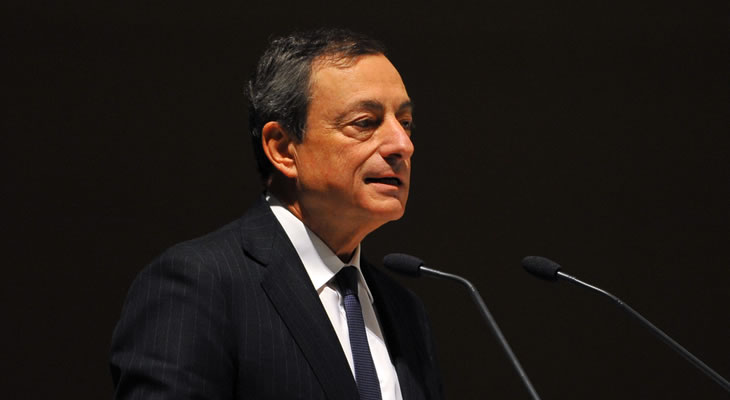Traditionally, the Federal Reserve have always been thought of as the white pieces in a game of chess; they led the charge on policy normalisation, with some in the markets even expecting to see a whole percentage point of rate hikes this year.
But recently, some of the strong support enjoyed by the monetary policy outlook has faded, thanks to a mixture of political and economic disappointments, while conditions continue to improve in the Eurozone.
EUR USD exchange rates have been on a consistent uptrend since the beginning of April, with the pairing currently trending at a two-and-a-half-year high of 1.1864.
This represents a 14.1% rise from the multi-year low of 1.0391 seen at the end of December 2016.
All this points towards rising confidence in the Eurozone’s economic recovery and weakening expectations of positive economic and monetary stimulus action in the US.
But the question of which central bank will move next keeps EUR USD roiling.
The Many Problems Facing the European Central Bank
The European Central Bank (ECB) is stuck between a number of rocks and hard places.
On the one hand, economic data shows that the Eurozone economy continues its strong recovery from the soveriegn debt crisis.
On the other, inflation data hasn’t registered the same kind of performance, with core inflation still almost a whole percentage point below the ECB’s target range.
Then there is the problem of unbalanced growth, with the 19-currency bloc showing wide divergence in the health of its constituent economies.
The German economy continues to lead the way, registering strong growth and some respectible inflation data; German politicians and policymakers have long-called for the ECB to reign in some of its loose monetary policy.
But other economies, like Spain, Italy and Greece are battling significant economic problems: a huge unemployment rate in Spain; a fragile banking system in Italy; and another financial bailout for Greece.
This makes the economic and monetary landscape of the currency bloc rather uneven; can the ECB realistically wait until the weakest members are strong enough to cope without the effects of negative rates and quantitative easing, or must the bigger economies be appeased first?
Dwindling Likelihood of Trump’s Economic Stimulus Weakens USD as Markets Doubt Rate Hike Odds
The Federal Reserve has already delivered two hikes recently; one in December 2016 and one in March 2017.
Markets were expecting a third rate hike, but the Federal Open Market Committee (FOMC) has been more cautious of late than was expected.
Part of the problem is that both the US Dollar strength and the monetary policy outlook were based upon the assumption that the economy would receive a strong boost from fiscal and tax reform measures.
President Donald Trump had promised as much, both on the campaign trail and after he had been innaugurated.
His plans involve increasing fiscal spending and infrastructure investment by at least US$1 trillion and drammatically reforming the tax system and reducing business and personal tax rates.
But the President’s continued struggles to get his healthcare reform bill approved – even in Congress where his party controls the majority – has economists, commentators and markets concerned that his more controversial spending plans may never see the light of day.
Additionally, with numerous scandals still embroiling the White House and distracting the administration, there are building fears that the Trump administration will be unable to focus on its economic goals, which most agree will provide the US economy with a short term boost to growth.
The International Monetary Fund (IMF) recently cut its growth projections for the US, citing dwindling belief in Trump’s ability to push through his reforms, stating;
‘We have reduced our forecasts for both 2017 and 2018 to 2.1% because near-term US fiscal policy looks less likely to be expansionary than we believed in April.’
Falling odds of additional fiscal stimulus has also given the Fed pause for thought, which leaves the market odds of an interest rate hike in December at just 46.6%.
EUR USD Exchange Rate Forecast; Who is Going to Move First?
It’s the question everyone wants an answer to.
While the US Dollar has been steadily declining over the past few weeks as hopes of another rate hike dwindle, EUR USD did fall at the beginning of this week as markets judged Eurozone inflation data to be too weak to motivate a change in monetary policy any time soon.
ECB President Mario Draghi has suggested that discussions regarding changes to quantitative easing and interest rates will take place in the autumn.
So, while it may be uncertain if any form of monetary tightening is going to come from either the ECB or the Fed this year, investors at least have a more solid idea of when hints regarding Eurozone policy are likely to occur.


Comments are closed.